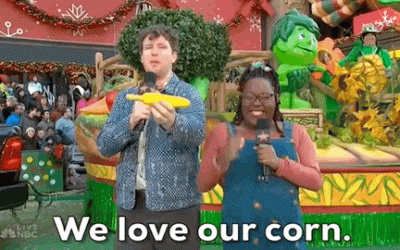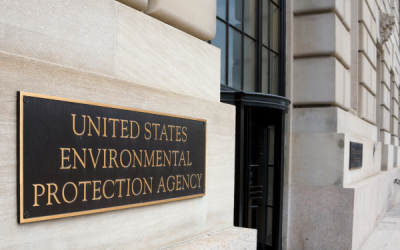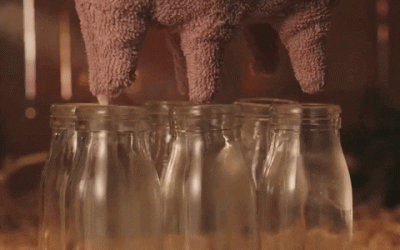Circle up. There’s big hype right now for developing circular economies for sustainable production. (Think mitigating climate change, feeding a growing population.) The folks at University of Illinois Urbana-Champaign developed a Circularity Index to measure how far we’re progressing on that goal.
Soundbite: “The traditional economic system is linear—we produce, distribute, use, and dispose of products. To increase sustainability, we need to develop a circular economy. Rather than just using natural resources, we must recover, reuse, and recycle waste materials.” — Yuanhui Zhang, study lead author and Department of Agricultural and Biological Engineering professor at U of I
U of I’s index gives a comprehensive method to quantify bioeconomic systems, which differs from most current studies that are mainly descriptive and do not measure impacts.
Say what? Yeah, that was a lot. Grab your coffee. The researchers give a step-by-step outline of Circularity Index (CI) in the paper. It measures circularity on a scale from 0 to 1, zero meaning the system is completely linear, and 1 meaning it is completely circular. CI includes eight categories: recover, remake, reuse, take, make, distribute, use, and dispose.
Example, please? Sure thing. Researchers have applied CI to a corn/soybean operation, looking at nitrogen cycles over eight years while using two different fertilizer treatments. They also applied CI to the entire U.S. food and agriculture system with a focus on energy use.
Short Corn Packs a Punch
Dynamite comes in small packages—which can be true with new seed technology. What’s...
Congress to EPA: What’s Your BEEF with Meat Packers?
The Environmental Protection Agency (EPA) is considering new regulations that take aim at meat and poultry processors.
And some members of Congress have a BEEF with the EPA’s proposals.
The proposed rules: In late January, the EPA released the details of its proposed “Clean Water Effluent Limitations Guidelines and Standards for the Meat and Poultry Products Point source category.”
Huh?
Basically, the EPA formally published its proposals to combat wastewater contaminants that come from slaughterhouses.
Okay… that makes more sense.
At the heart of the rules proposal is a concern from environmental groups about nitrogen and phosphorus pollutants that originate from slaughterhouses. In some cases, the wastewater goes directly into waterways. In other cases, the water goes to municipal wastewater treatment facilities.
But not everyone is on board with the EPA’s suggestions…
Congress responds: Last week, two U.S. representatives—Eric Burlison (MO) and Ron Estes (KS)—pushed back against the EPA and introduced the “Banning EPA’s Encroachment of Facilities (BEEF) Act.” If passed and signed by President Biden, the law would prohibit the EPA from finalizing, implementing, or enforcing the rule.
According to the lawmakers, the proposed rules place undue burden on small processors—costs that can be absorbed by larger companies.
Soundbite: “The… proposed regulation isn’t just an attack on family-run small businesses, it’s an attack on rural communities,” said Burlison. “These meat and poultry processors are the lifeblood of our communities. The BEEF Act… lets these hardworking Americans do what they do best, produce safe, affordable food for our families.”
University of Illinois Makes Big Mooves in Milk Production
Pump it up: Scientists led by Matt Wheeler at the University of Illinois Urbana-Champaign are...




